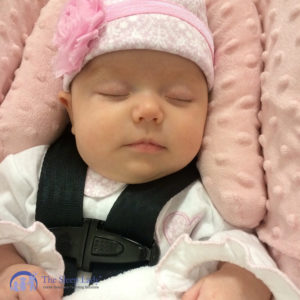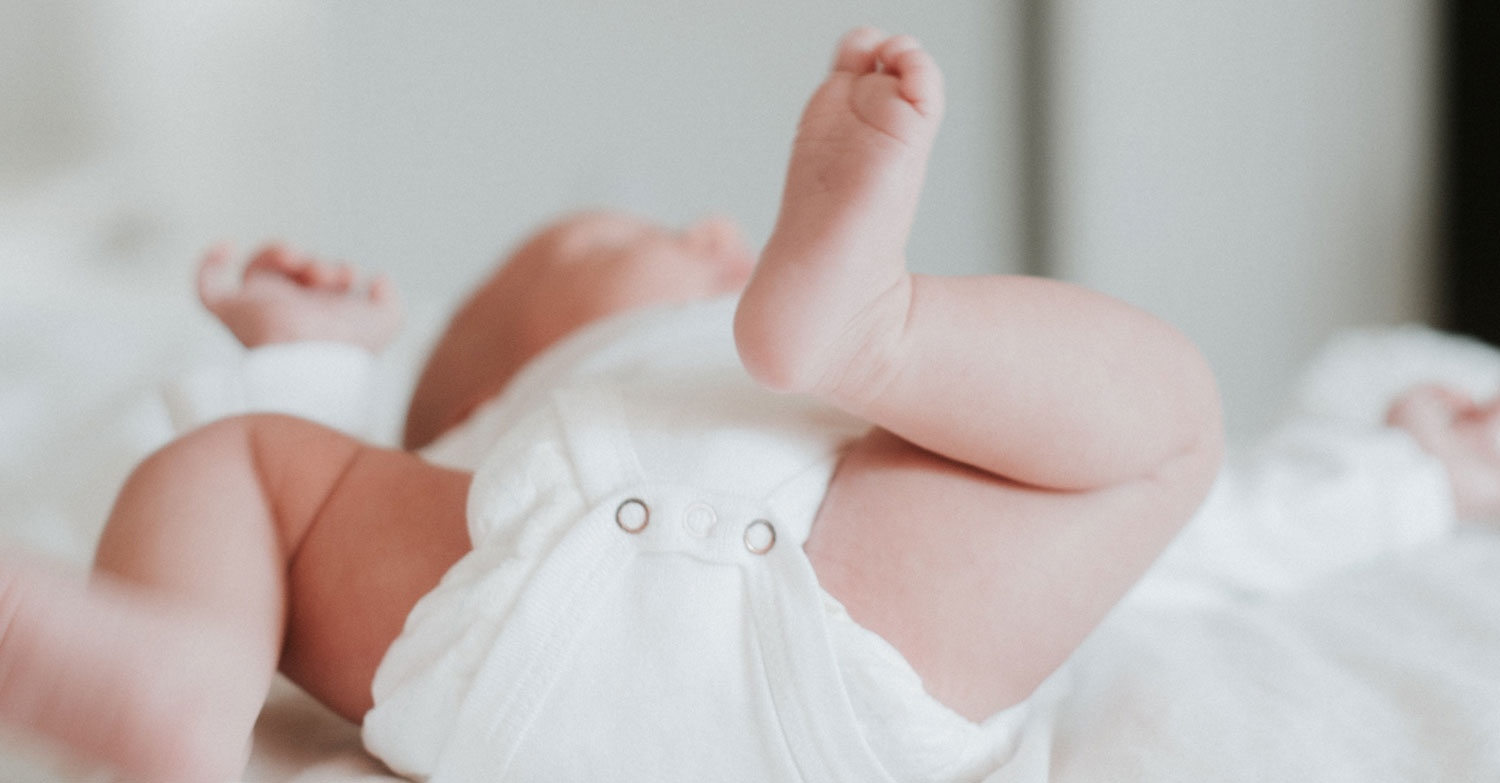Safe Baby Sleep – 8 Safety Tips for Infants and Babies
You’ve bought all the newest “best” gadgets, you’ve been given ample — often unsolicited advice. You have your mommy friends on speed dial. This is all well and good, but sometimes as moms and dads overlook the little things, like safe baby sleep.
In fact, let’s do a quick review of safe sleep for your baby.
1. Back to sleep
You’ve been hearing this for years. No doubt you received literature from the hospital, your obstetrician, the pediatrician, and any other entity that you visited during your pregnancy and those early months. It’s been shown putting your baby on his back to sleep is the safest position, and greatly reduces the risk of SIDS.
2. Make sure your baby’s bed meets current safety guidelines
That Craigslist crib may be beautiful, but it could also be old, missing key pieces, or ready to be replaced. If you don’t know the history of where your baby sleeps, use caution. Check with the manufacturer to make sure that there hasn’t been a recall — remember drop side cribs? If you’re considering a crib that needs to be disassembled, ask for the instructions and count components BEFORE you purchase.
If you do choose to purchase used, be sure to check with the Consumer Product Safety Commission, or CPSC to ensure that your new sleep area hasn’t been recalled.
When purchasing a crib or bassinet mattress, make sure to take measurements. The mattress should fit firmly against the sides of the crib or bassinet with no more than 1.5 inches or 4 cm of space between the mattress and the side.
3. Eliminate suffocation hazards
This means mobiles — baby could potentially pull it down as he gets bigger — bumpers, blankets, stuffed animals, etc. While they look cute for pictures, they certainly are not safe for sleep. Remember, even if a bumper is included in your bedding set, they are listed as dangerous by the CPSC. If you worry about your baby getting caught in the crib rails, consider the Wonder Bumper. In fact, you can go to the Wonder Bumper website and find a safe set of bumpers.
4. Maintain a healthy, stable temperature in your home
The recommended safe temperature for babies is between 68 and 72 degrees Fahrenheit. While this may seem cool to you, your baby isn’t used to regulating his own body temperature, and is unable to remove extra blankets or clothing.
5. Room share, at least for the first few months
If you’re worried about your baby at night, consider room sharing so that your baby is easily accessible at night, especially since newborns wake frequently. There are lots of options, from bringing the crib into your room to purchasing a co-sleeper that can safely hold baby next to your bed.
In fact, the AAP recommends that infants sleep in the same room as their parents for at least six months.
RELATED:Babies in Their Own Room at 4-months Sleep Longer? Not necessarily.
6. If you co-sleep, do so safely
Co-sleeping has some wonderful benefits, as long as you practice safe co-sleeping. Follow these guidelines to make sure that you are keeping your baby safe in your family bed:
- Make sure everyone in the home is on board with the decision.
- No loose blankets or pillows in the bed. Dress more warmly if you need to.
- Make sure that your mattress is FIRM. This means no pillow tops, feather beds, blankets, etc.
- Remove any cords — lamps, alarm clocks, cell phone chargers — that could pose a strangulation hazard.
- Baby sleeps by mom, as moms — especially those who are breastfeeding — spend more time in the lighter stages of sleep and are more likely to respond to baby quickly.
- Stay sober. If you are bed sharing, remember that babies and alcohol and/or drugs don’t mix. Not to mention pain pills, sleeping pills etc. Just don’t risk it.
- Only parents — siblings and other caregivers should not co-sleep with a baby.
7. Swaddle safely
Understand that swaddling your baby restricts motion, and be aware of your baby’s development. As he starts to roll over, know that you will need to gradually wean your baby off the swaddle and transition him to sleeping without it.

8. Avoid long naps with your newborn in the car seat, if at all possible.
Yes, I know that car seats are safe for use in cars, but you may remember this past spring when researchers discovered that sleeping in a car seat is not ideal. It’s not as safe as we would like to think, as smaller babies heads can fall forward and close their airway, which can cause suffocation.
These days, your baby falling asleep in the car seat is practically unavoidable, but you can make the choice to have your baby sleep elsewhere when it’s practical and possible, especially at home.
Bonus Baby and Toddler Safety Tips
When it comes to child safety, obviously we talk a lot about babies, but I think that as our children grow we sometimes forget that our toddlers and preschoolers still need us to watch out for them.
If you have older children in the house, you may have all of the cabinets “baby” proofed, and you keep the scissors and knives out of reach, but there are a lot of other things you can do to make sure that your children are truly safe.
1. Secure heavy furniture to the wall
We all have a large piece of “solid” furniture. In fact, many families that I know have large pieces, such as dressers, bookcases, and even wardrobes in their children’s rooms. Make sure that these pieces are secured to the wall so that your child cannot pull them over on himself, which could cause serious injury, or worse.
2. Keep a well-stocked first aid kit readily available
Kids play hard. They get hurt. Make sure that you’re ready with everything you need to treat cuts and scrapes, as well as fevers. In addition, make sure you have some non-latex gloves, gauze, and alcohol or antiseptic wipes or spray.
3. Post emergency numbers where everyone can see them and help your child memorize them
If you really need to call the hospital or your pediatrician, make sure that their number is in a prominent place, like the refrigerator or a cabinet so that you aren’t fumbling. Obviously, if it’s a real emergency, dial 9-1-1. It also pays to teach older children their “home” phone number as well as your address, as well as when to call for emergency help should something happen to you.
We never truly stop worrying about our children. Whether they’re just home from the hospital or starting their first day of school, it’s our job to make sure that our babies are safe and secure. Though his needs will change as he grows, the fact that he needs you to look out for him does not. After all, they will ALWAYS be our babies!


